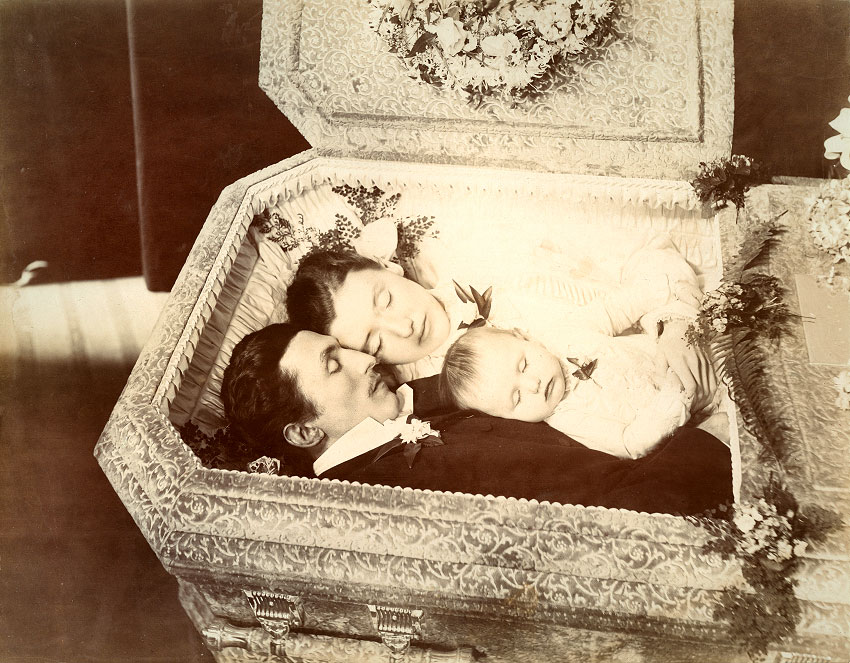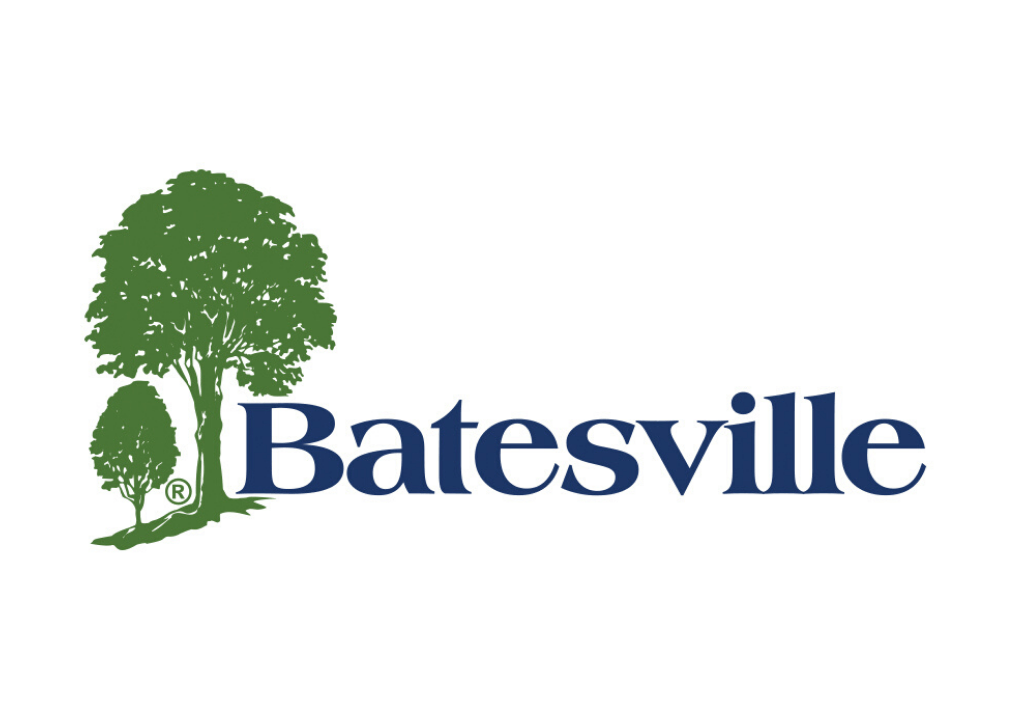CD Exclusive: Let’s Talk About Victorian Post-Mortem Photography
Guest Article by: Simon Davis – Simon is a Washington, DC based writer. He currently spends most of his time writing about death and other morbid things for VICE and worked with ConnectingDirectors.com to provide exclusive use of this article.
All photos courtesy of Jack Mord
Posing for photographs with the dead may be considered unseemly today, but in America during the late nineteenth century it was a widely accepted way to mourn for lost loved ones. Whether it was a child, an adult, or even a pet that had just died—a posthumous portrait was often the final picture before burial.
One of the richest collections of such photos is the Thanatos Archive, an online database of mostly nineteenth-century post-mortem, memorial, and mourning photography. Thanatos Archive has been operational since 2002 and has over 2000 post mortem images and memorabilia with new acquisitions being added regularly. According to its site, the mission is to “collect, preserve, and exhibit these important pieces, in order to enhance our understanding and appreciation of an often misunderstood part of our history.”
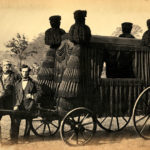 What accounted for the widespread appeal of post mortem photography during that time? What can we learn about the cultural attitudes of the time by examining these pictures? Might their appeal to us today be more than just morbid fascination?
What accounted for the widespread appeal of post mortem photography during that time? What can we learn about the cultural attitudes of the time by examining these pictures? Might their appeal to us today be more than just morbid fascination?
To find out more, I contacted Jack Mord (not a pseudonym), a long time collector of rare vintage photography and owner of Thanatos Archive. Mord recently authored Beyond the Dark Veil, a book that contains more than 190 images from the collection often accompanied by newspaper clippings and funeral notices giving a rare glimpse into some of the stories behind the deaths.
How did you develop an interest in post-mortem photography?
 As far back as I can remember I have been interested with history, death (and a little later, photography). About twenty years ago I stumbled upon my first post-mortem photograph inside of a Civil War era photograph album and have been fascinated with the subject ever since.
As far back as I can remember I have been interested with history, death (and a little later, photography). About twenty years ago I stumbled upon my first post-mortem photograph inside of a Civil War era photograph album and have been fascinated with the subject ever since.
Why did you decide to create a book dedicated to post-mortem photography?
There are relatively very, very few post-mortem photography books out there. While the ones that do exist are great (I own them all), I wanted to share my own vision and some favorites from my own collection with a wider audience, beyond my website. I felt the time was right for a new post-mortem book with new images to be made available.
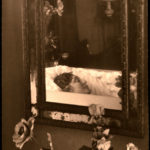 What is it about the images in your book that you find most beautiful?
What is it about the images in your book that you find most beautiful?
Few, if any, images have the ability to be as evocative as post-mortem photographs, particularly, in my opinion, when family members of the dead are photographed with them. The mourning family members’ pain over the loss of their loved ones is as evident to the viewer today as it was when the photos were created a hundred, hundred fifty years ago. The imagery can be very powerful.
Where did you find your images?
I have purchased photos and objects from many different sources: local antique stores, flea markets, auction houses in the U.S. and overseas, and online. I also know quite a few collectors who sell and trade vintage photography, and who know to keep an eye out for post-mortem and mourning photography for me. Occasionally, I will be contacted by somebody who has found a post-mortem photo and, finding it unsettling but not wanting to throw it away, has donated it to my archive.
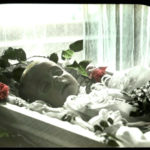 There are many online collections of post-mortem daguerreotypes etc. What makes your collection unique?
There are many online collections of post-mortem daguerreotypes etc. What makes your collection unique?
While many collections of original post-mortem photographs exist, the vast majority of post-mortem photos you will see online are scans/jpgs gathered from multiple online sources and displayed by admirers of post-mortem photography. The Thanatos Archive is one of only two, maybe three, private collections that have been made available online.
Why did post-mortem photography become so common during this time?
Although it did not hit its peak in popularity until around the 1860s and 1870s, post-mortem photos have been around since the earliest days of photography (the first daguerreotype was made in 1839). There are many examples of post-mortem and memorial pieces created before the invention of photography in the form of paintings, sculptures, death masks, etc. When photography was invented, moving this tradition to the newest medium was just a natural progression. As photography became accessible to more and more of the population, and easier to produce formats (ambrotypes, tintypes, cartes de visite) were invented, the number of photographs being created—and post-mortem photos along with them—exploded.
Are there any popular misconceptions about that period in American history which you think the pictures might dispel?
Back in the 1800’s, death and dying took place in the home and the handling and preparing of the dead body was often taken care of by the person’s family, up close, and personal. Now we have strangers taking care of our dying and deceased family members: hospices, embalmers, funeral homes, etc. Today’s society is much more sheltered from death than they were in the 1800s. So while to some of us, many of these photos may seem macabre, or gruesome, people in the nineteenth century had a more intimate relationship with death – they would have viewed these images in a completely different light – a final memory of their deceased loved one that no doubt aided in the grieving process.
Where can people buy the book?
First editions of Beyond the Dark Veil are becoming extremely difficult to find. There are plans for a second edition soon, but I don’t know if Amazon or other retailers will stock them. However, we have copies available online at www.thanatos.net/veil
Follow Simon Davis on Twitter.

